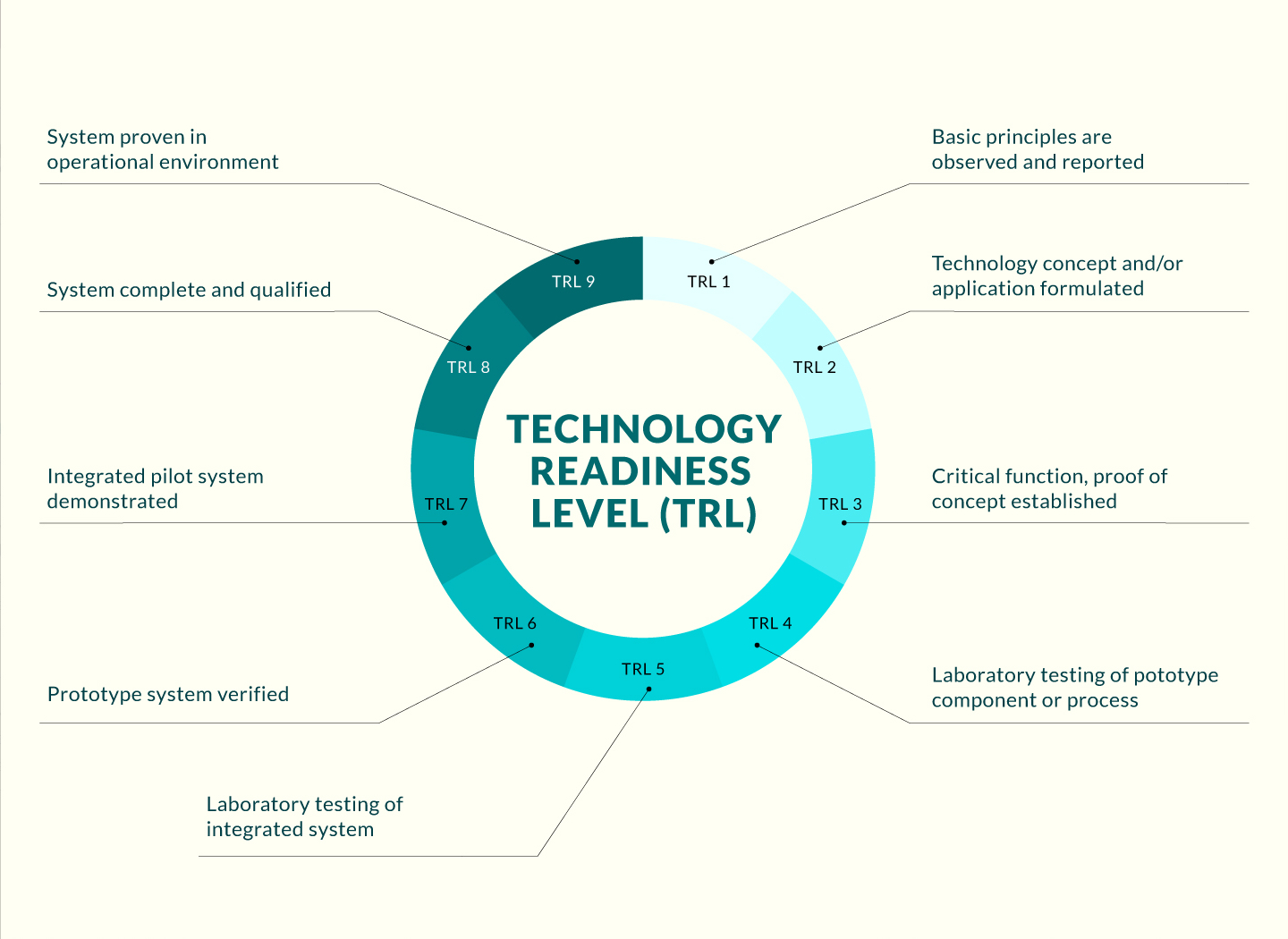
Opportunity
Glioma is one of the most fatal tumors in the brain. Its malignant progression is enhanced by multiple factors in the tumor microenvironment (TME). Particularly, glioma cells (GMs) release many lactates into the TME, which leads to the synthesis of hyaluronic acid and its receptor, cluster of differentiation 44 (CD44), in cells such as GMs, promoting their migration and invasion as well as angiogenesis. Lactates in the TME also enable GMs to release a vast number of exosomes, the vesicles for intercellular communication.
As CD44 is found in GM-derived exosomes, it is questioned whether the exosomal level of CD44 is an accurate biomarker for tracking the malignant progression of parent GMs. An opportunity exists for research in this area: In 2018, the global market size of exosomes was flourishing and expected to reach USD 2.28 billion by 2030. More research programs are investigating the role of exosomes in various cancers, including glioma, and exponential growth is expected in research activities and publications in liquid biopsy and therapeutics. A significant rise in the R&D of nanovesicles, which are important in intercellular communication, is expected which will generate more revenue in the near future.
Technology
The inventors developed an exosome-based biomarker for the migration of glioma. They showed the effect of exosomes from lactate-stimulated GMs on the disease progression, such as enhanced migration and angiogenesis, and the close correlation between exosomal CD44 level and a malignant stage of parent GMs. The invention involves the precise detection of enhanced exosomal CD44 by sensitive non-invasive titanium nitride (TiN) nanoholes- localized surface plasmon resonance (TiN-NH-LSPR) - and TiN-NH discs immunocapture- atomic force microscopy (TIC-AFM) biosensors, demonstrating this may be a promising liquid biopsy method in both detecting the malignant transition of GMs and potentially determining the therapeutic efficacy of anti-glioma agents.
Advantages
- With precise biomarkers, this invention may better monitor the malignant progression of glioma, synergistically with currently available tools, than those tools on their own.
- Such available tools and techniques include nanoparticle tracking analysis, flow cytometry, western blotting, ELISA, etc., and each have their limitations.
- For example, while ELISA is used for the quantification of exosomal proteins, it is challenged due to its relative low sensitivity and potential protein contamination.
Applications
- This invention may be used in the diagnosis and prognosis of cancers like glioma, and help effectively detect exosomes and exosomal proteins for the study of such diseases.
- Exosomes can be widely applied in nanovesicle transport as carriers of functional contents like circulating nucleic acids, lipids, drugs, and proteins.
- As targeted therapeutics in the US and Europe, extracellular vesicles offer minimally invasive diagnostics (liquid biopsy) as well as longitudinal therapeutic response metrics of cancer.




